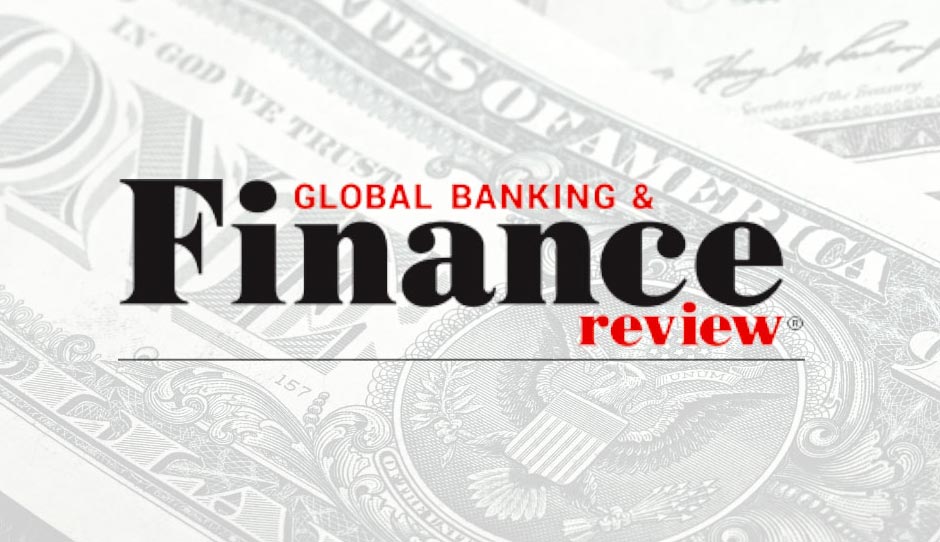Top Stories
Ovum dispels marketing hype and impractical ideas to provide a pragmatic view of the iPaaS landscape

Marketing gimmicks by vendors, especially “cloud washing”, and impractical ideas from some industry pundits are confusing organisations considering integration platform-as-a-service (iPaaS) as a means to ease the complexity of hybrid integration, says Ovum.
With global spend on cloud-based integration platforms expected to reach US$3.7bn by the end of 2018, vendors must effectively communicate and demonstrate cost benefits and return on investment (ROI) models associated with a shift to iPaaS, or they are risking their slice of a market forecast to grow 31 percent over the next five years.
In a new report* Ovum dispels the confusion surrounding the iPaaS phenomenon, revealing the weaknesses in the hypotheses put forward by other industry pundits. One hypothesis is that iPaaS is not only about integration and that the term should be used for cloud-based platforms that enable development of complete business applications. Another is the ambitious idea that hybrid iPaaS can ease complexity of hybrid integration. These are far removed from the practicality and intricacies of actual implementations. Several vendors are engaging in “cloud washing” aimed at positioning their traditional integration solutions deployed in the cloud as truly single-instance, multi-tenant, iPaaS solutions. Ovum has devised a reference architecture that characterizes the “to-be” state of relatively mature iPaaS solutions available in the market and specifies the capabilities, features, and architectural attributes necessary for enabling secure interactions between different applications and data sources as well as delivering other benefits associated with cloud services.
“iPaaS is emerging as an alternative to traditional integration approaches, and several iPaaS solutions can now cater for the needs of SaaS, on-premise, and B2B integration, at least for integration projects with medium levels of complexity” says Saurabh Sharma, senior analyst in Ovum’s IT solutions team and author of the report. “The rise of SaaS has necessitated a shift away from traditional integration approaches as faster time-to-value remains a critical requirement and organizations continue to focus on managing the complex interplay of business needs and persistent budget constraints. However, organizations must understand that neither iPaaS nor traditional integration approaches is a “silver bullet” for integration.”
Instead, the global analysts recommend that organizations should focus on developing a hybrid integration strategy that combines traditional and cloud-based integration approaches (for example, the “ESB/SOA plus iPaaS” combination) to deliver faster time-to-value and the cost efficiency required by tight IT budgets.
To help organisations struggling to wade through the marketing hype within the competitive landscape of the fast-evolving iPaaS market, Ovum has created the iPaaS Rainbow Map. This summarizes the results of a quantitative as well as qualitative evaluation of iPaaS solutions offered by both established and specialized integration vendors against an exhaustive set of criteria.
“Organizations and, more specifically, integration managers, integration competency center (ICC) directors, solution architects, and enterprise architects should take into account the results of this evaluation along with those of proof-of-concept and pricing enquiries for selecting an iPaaS solution best suited to their needs,” concludes Sharma.

-
Business4 days ago
How Businesses Can Enhance Employee Work-Life Balance and Well-Being
-
Business3 days ago
docStribute appoints ex-Group CIO of Newcastle Building Society as Non-Executive Director
-
Technology3 days ago
How to Use AI to Optimize Customer Relationships
-
Business3 days ago
What Every Small Nonprofit Needs to Know About Form 990-N







